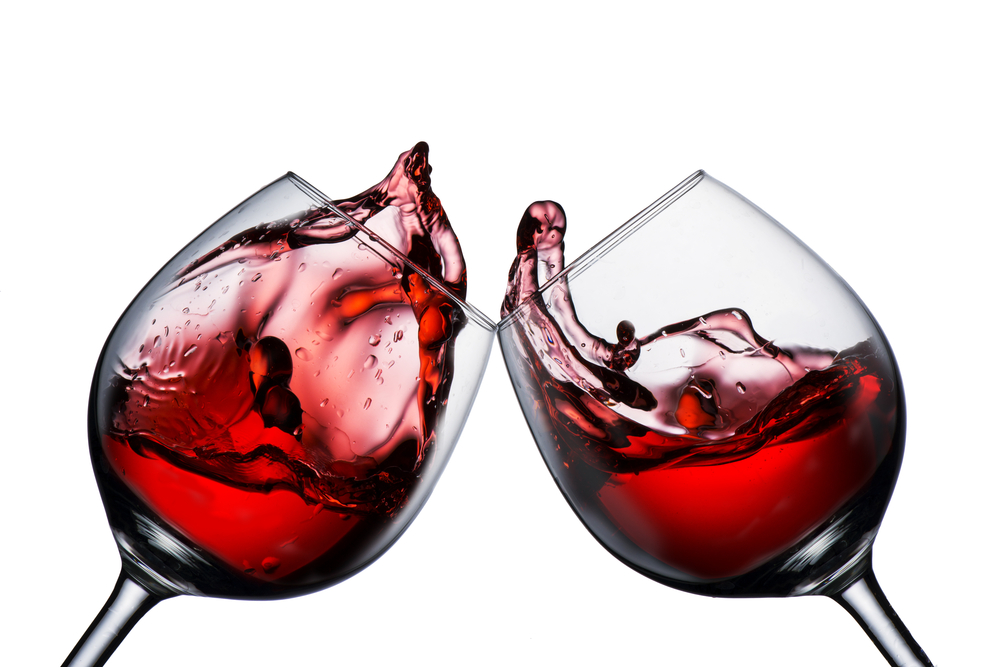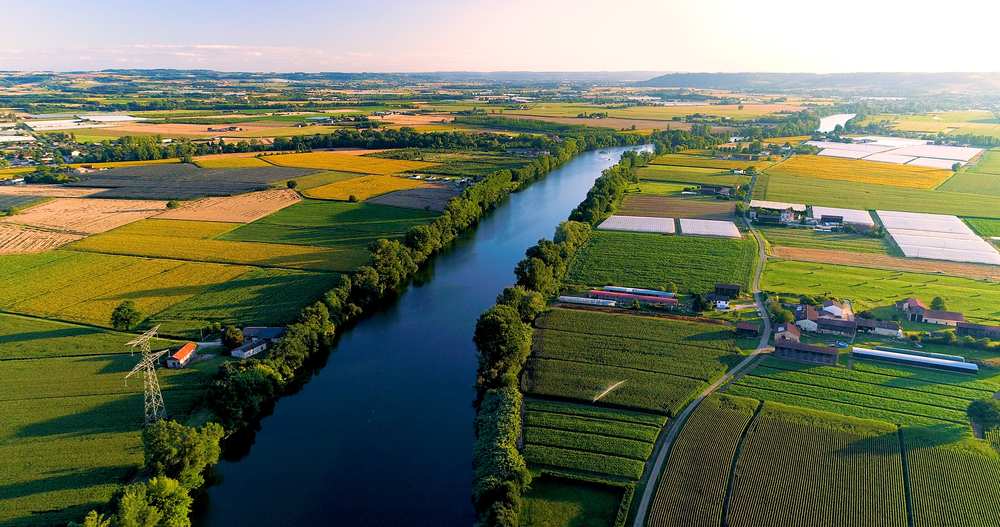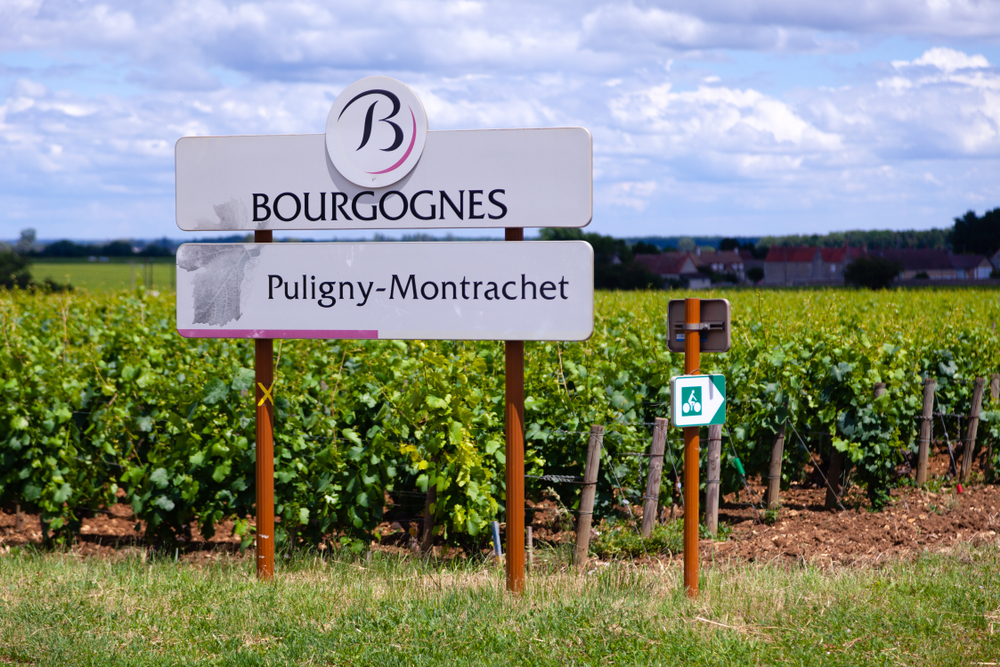
The Best of Bordeaux Cuisine: A Guide to the Wine Capital’s Finest Food
November 29, 2021
Embark on a Gastronomic Journey through Bordeaux's Cuisine: 🍇Discover Exquisite Wines, Gourmet Delights & Iconic Flavors in our Comprehensive Guide!
By: James lawrence / Last updated: October 26, 2024
Estimated reading time: 10 minutes
In 2015, esteemed wine writers Jancis Robinson MW and Hugh Johnson hosted a landmark event in London: Bordeaux Vs. Burgundy. The debate was lively, robust, and enlightening, with solid arguments put forward underlining the relative merits of both regions. The Bordelais and Burgundy establishments have similar discussions daily – Burgundians love to claim that Bordeaux winemakers aren’t winemakers at all; “they blend wine, but they don’t actually make it,” a vigneron once proclaimed to Cellar Tours. Similarly, the Bordelais love to joke that Burgundy intentionally makes so little wine to justify those often astronomical prices.

Yet both regions share more common ground than they’d care to admit. Bordeaux and Burgundy are the engines of the fine wine trade. The top of their ranges disappeared into the luxury goods category years ago; the prices are astronomical. The volumes released are relatively small – particularly in Burgundy’s case – and the demand is insatiable. Indeed, auction houses make a handsome living when rare lots of Petrus, Latour, and La Tache are auctioned off. Both regions dominate the secondary market; both areas are the domaine of wealthy collectors and hedge-fund managers – at least at the top end. First-Growth Pauillac and Grand Cru Chambertin are not aiming for the mass market.
But humbler Bordeaux and Burgundy remain relatively good value and in decent supply. This bond or shared DNA brings the two regions together in holy matrimony. They offer an astonishing diversity of styles and price points, covering everyday drinking, light, and fruit-driven, white and red, powerfully structured and inaccessible to all but the super-rich. Bordeaux and Burgundy are also more ‘chameleon-like’ than initially appears. The former produces some of the best rosé in southwest France; the latter makes an excellent sparkling wine style. Surprised? It’s understandable, as both regions actively under-promote their lesser-known wine styles. Nevertheless, there are undiscovered gems to be found, even in a well-trodden path as the Cote d’Or and the Medoc. Also, both regions have recently embraced eco-friendly viticultural methods, moving towards organic and biodynamic wine growing.
Of course, the differences and rivalries excited the audience back in 2015, when Robinson MW and Johnson took up opposing positions and defended their region. Johnson underlined that Bordeaux is more “accessible” than Burgundy, and there is some truth to that. The former makes about five times more wine than Burgundy; there is more choice in the bottom and middle sections of the market and consequently more chance of obtaining a relative bargain than in the Cote d’Or. Even the crème de la crème of the Medoc is more readily available than equivalent red wines of the same stature from the Cote de Nuits. Burgundy often talks about a few thousand bottles of Grand Cru wine, while Latour can run to over 300,000 bottles per annum.
Nevertheless, Burgundy is undeniably easier to taste in its youth. In that sense, the wines of the Cote d’Or win the ‘accessibility’ argument hands down. Even in perfect and majestically structured vintages, Pinot Noir and Chardonnay never showcase the tannin, extract, and sheer weight of a top Bordeaux. Instead, ripe Pinot Noir is the perfect wine to enjoy young; softly structured; it boasts a refreshing acidity and tannic backbone that is entirely manageable even without food. Of course, both regions were made for gastronomic pairings, but impatient drinkers and collectors will probably want to take a trip to the Cote d’Or.

It is also arguably the case that newly baptized oenophiles get to grips with Bordeaux quicker than Burgundy. Both regions contain a myriad of appellations, terroirs, and sub-zones, with quality varying enormously. In Bordeaux, buyers easily recognize the two main ‘versions’ of their favorite drink: Left Bank Bordeaux and Right Bank Bordeaux. The Medoc is the home of stunning Cabernet Sauvignon, which always plays a defining role in the wines, while the Right Bank stakes its claim as the Merlot heartland of Europe. Collectors also latch onto their favorite chateaux relatively easily, as the famous names are widely promoted and globally renowned. Even teetotalers can recognize a Lafite, Margaux, and Cheval Blanc label when they see one.
But the Cote d’Or? Oh my. Here, we have a region designed to cause headaches and baffle even the wisest of men and women. There are so many names, villages, and sub-regions that even experienced winemakers get lost! This is arguably the region’s greatest weakness: its inability to make itself understood to a broader audience. But, of course, many aficionados love Burgundy for that very same reason.
The crux of the problem is historical. In Bordeaux, the classification systems are based on the status of the property in question – an estate is ranked according to its perceived quality rather than the terroir upon which it relies. So, a leading chateau can purchase its neighbor’s land, blend in lackluster wines from inferior plots, and, theoretically, the authorities cannot bat an eyelid. In practice, the best estates are rigorous in quality-control checks and would never sully their reputations by adulterating their Grand Vins. Moreover, the 1855 classification, St-Emilion ranking, and chateaux system have provided a useful and relatively easy-to-understand reference point for consumers worldwide. Bordeaux’s triumph is its unsurpassed ability to market its wines and make itself understood. It is a French region for the 21st century, increasingly relying on luxury tourism and even flirting with direct sales.
In contrast, Burgundy’s classifications owe their structure and hierarchy to the Catholic faith. This is not an area run by marketers and publicists. Centuries ago, the Cistercian monks, who were heavily involved in vine cultivation and winemaking for their religious orders, started to delineate Burgundy’s terroirs and sub-regions according to their quality and character. This remained the reference point even after the land was transferred wholesale into private ownership, mainly due to the French Revolution.
So, how does one get to grips with the Cote d’Or? You have to forget, momentarily, about the producer and grape variety. Collectors buy into appellations, sub-regions, or a specific vineyard. Burgundy is a place of strictly controlled structure, with all vineyards ranked and graded according to the perceived quality of the wines they produce. There are four categories of vineyards: Grand Cru at the top of the quality tree, Premier Cru, Village, and Bourgogne Blanc/Rouge. This is the central philosophy that underpins every decision taken in Burgundy, a belief so intransigent that only talk of global warming could ever force the Burgundians to reassess their views on the best terroirs. But for now, as far as a grower in Chambertin is concerned, vineyard sites (even those close together) are always different and perhaps inferior or superior to another. Then, there is an unofficial hierarchy of the best names in the region. No one would suggest that a small house in Volnay has the same commercial clout as Domaine de la Romanee-Conti or Domaine Leroy. Nevertheless, the price does rise significantly depending on who made the wine – even at the generic and village level.
There is another important caveat to the above. Even the most legendary vineyards like Le Montrachet will have multiple owners growing grapes and producing wine. Are those winemakers of equal value? The answer is likely no from that perspective, so the producer is as important as the terroir. But ultimately, the Burgundians remain committed to the idea of terroir first, winemaking second.

Burgundians also regard the Bordeaux practice of blending grapes grown across different terroirs within an appellation as utterly sacrilegious. Chateau Margaux, for example, grows Cabernet Sauvignon and Merlot across different locations within the sub-region to harness the best potential of each site. A specific blend is then crafted according to the vintage conditions. Similarly, most white wines produced in Bordeaux are a concoction of Sauvignon Blanc, Semillon, and perhaps Muscadelle. St-Emilion is typically Merlot dominant, with Cabernet Franc playing an important supporting role. Of course, there are exceptions – Pavillon Blanc from Chateau Margaux is mono-varietal, and Petrus is often 100% Merlot. But overall, blending grapes is a vital insurance policy for the Bordelais, who still remember the vintages of the early 1990s, when the Cabernet was lean, green, and turgid.
However, the grape varieties are the most straightforward aspect of Burgundy’s wines. Red Burgundy is produced from Pinot Noir, and white from Chardonnay. Some appellations are entitled to grow and produce Aligote, a grape that plays a minor role today in global Burgundy sales and is never part of the Premier Cru and Grand Cru wines. Historically, that wasn’t the case, but Aligote has long been relegated to a local curiosity. But more importantly, blending grapes in appellations like Chambertin and Volnay is utterly forbidden. Top red and white Burgundy from the Cote de Nuits and Cote de Beaune must be based on 100% Pinot Noir and Chardonnay – period. The natural corollary of a philosophy that places the vineyard’s primacy front and center does not wish to sully the terroir expression. From a Burgundian’s perspective, it is lunacy to grow Grand Cru Pinot Noir as a distinct expression of a certain terroir in the Cote d’Or and then blur and distort that expression by blending in wines from a different vineyard. Maintaining separate terroir-expressions is sacrosanct in Burgundy – it is what buyers covet and expect from their wines. Question them at your peril; approaches and attitudes have mainly remained intransigent for centuries.
This is undoubtedly an intractable difference between the world’s two most important vineyards. Bordeaux and Burgundy are both massive cogs in the fine wine business, yet they do (some) things in remarkably different ways. Quite apart from the opposing views concerning blending and terroir classification, there is a contemporary gloss and sheen to Bordeaux’s marketing that Burgundy lacks, the latter preferring to do things more discretely and with little fuss. As a result, Bordeaux has willingly leaped headfirst into the 21st century – Burgundy has been more reticent.
Perhaps this is where the real envy lies. Even at the First-Growth level, Bordeaux still has to market its wines. Even middle-rank claret is no guaranteed sell, competing in a challenging marketplace. But top Burgundy sells out effortlessly and rapidly each year; it would do so even if growers actively discouraged consumers from buying. Due to the minute volumes, Burgundy fans are always queuing at the door, often six months before the harvest has begun. This is a region that never loses any sleep overselling its wines.
If you would like us to customize an exclusive luxury tour, contact us and let us know your travel plans. We offer luxury food and wine tours for private groups of a minimum two guests. In addition, all of our private, chauffeured tours are available year-round upon request.

